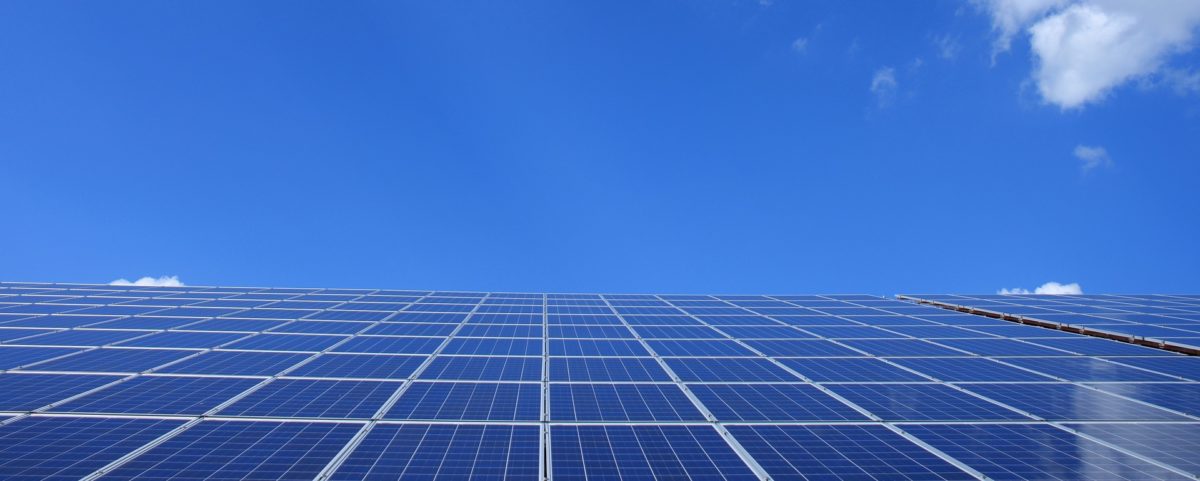There’s been a lot of surprise at the extent to which prices to be paid to offshore windfarm developers have fallen over the past 4-5 years but one factor is, as reported in the Energy Flux newsletter , simply that the latest offshore wind turbines are expected to last for maybe 35 years. That is around twice as long as the earlier wind turbines were expected to last.
In fact it is technically possible for wind turbines to carry on operating for a long time. The oldest large scale wind turbine, at Tvind in Denmark, has now been running for 43 years. But in the past the nature of of wind power incentive systems has ensured that turbines could be economically replaced with bigger, more profitable, machines after around 15 years.
Now, with offshore wind, things are changing. Big offshore wind parks are major investments in infrastructure of various sorts. That means a longer term horizon for returns on investment. Plus, the heat is on the big multinational energy companies to get up to speed to be in the energy technology of the future. When it comes to companies with offshore oil and gas interests, offshore wind has many aspects that are transferable from offshore hydrocarbons.
And the pressure is intense. Companies are now doing deals that are not just subsidy-free but subsidy negative. In the latest Danish offshore wind farm contract auction, according to Energy Flux reporter Seb Kennedy, RWE ‘will pay the Danish state DKK 2.8 billion (€376 million) by 2028 and pick up the tab for export cables and grid connection’. Companies actually competed with each other for the privilege of getting effectively nothing in price support for the project. Companies developing the new breed of offshore windfarms are not just investing in whole new systems, and machines with much higher capacity factors that was dreamt of a few years ago, but they are also planning on taking lower returns over a longer period of time.
The negative subsidy prospect is not just a feature of the Danish offshore windfarm picture. Arguably it is also now a feature of British offshore windfarm policy. Recently BP paid £900 million for options to develop 3 GW of offshore windfarms in UK waters. Ridiculously though, the contracts for offshore windfarms are being costed as a burden on the taxpayer by the Treasury. They count the wind power contracts as being part of the public sector borrowing requirement (PSBR), even though the contract prices are likely to be lower than the wholesale power price (and thus save consumers money). But then the Treasury is hopelessly biased in favour of nuclear power, in that they will give almost any amount of money to nuclear power, and politically biased against windfarms – even though the latter are subsidy negative. This preference can only be explained in cultural terms!
By David Toke

David, Thank you for your article revealing the negative subsidies to off-shore wind. On another (minor) point, I’m under the impression that the Tvindmill is constrained to operate below a maximum output of about 100 kW, because of its proximity to school buildings. If that’s correct, it could possibly account for its longevity. regards, Mark
It has been derated to 1MW, not 100kW, and that, I think, is for engineering rather than planning reasons
Economically, Hinkley Point C will be good for Germany as it will increase its competitive edge vis-a-vis the UK (as if it needed that). Still there is no doubt most if not all Germans would be way happier to not have this plant upwind of their country.